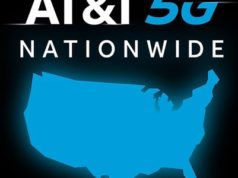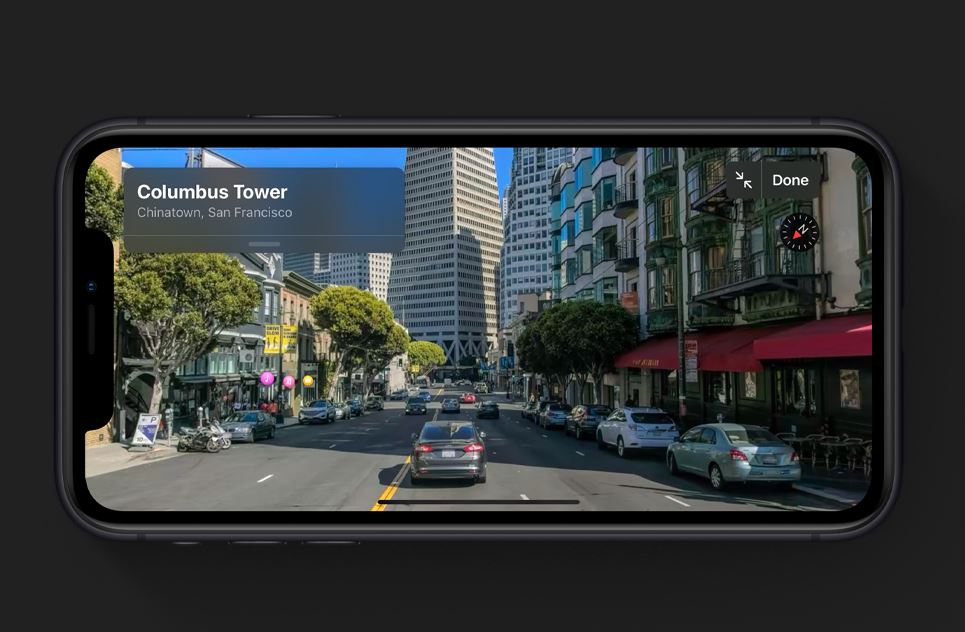Mobile communications giant T-Mobile is bolstering its self-styled reputation as the un-carrier with the debut this week of a new coverage map that it says is powered by users.
T-Mobile’s Chief Technology Officer Neville Ray on Tuesday announced a new coverage map that’s aimed at eliminating a common source of complaints among T-Mobile customers — estimated and inaccurate coverage maps. T-Mobile is introducing this as the industry’s first and only crowdsourced, customer-verified network coverage map.
“For years, every carrier has produced their network map in the same way, based on ‘predictive coverage estimations,’” wrote Ray. “The problem is that these maps are exactly that — best estimates. But for some time now, there have been far more advanced methods and technologies available to produce far more accurate coverage maps — based on the actual experience of real customers.”
This new map shows near real-time customer experiences on the T-Mobile network based on what it says are 200 million actual customer usage data points every day. The map also includes usage data from third-party sources, including Inrix, a company that specializes in network analytics.
Improved Accuracy?
We reached out to Roger Entner, founder and lead analyst at Recon Analytics, who told us T-Mobile is smart to depend on its customers for more accurate coverage maps. “This shows that T-Mobile is taking criticism about its network performance to heart,” Entner said. “They’re catching up to Verizon and AT&T in that respect.”
The new coverage map includes customer-verified coverage based on real-world customer usage, creating a more accurate map that should show exactly where users can expect 4G LTE, 4G HSPA+, 3G or other coverage levels. Verified coverage indicates areas where most of the coverage data is provided by T-Mobile customers reporting actual, real-life network experiences. T-Mobile hopes this will help add more confidence in the data on its coverage maps.
It also includes speed test data from trusted third-party apps that will show average download speeds from customer speed tests over the last 90 days. Previously, T-Mobile updated its map to include details including which network bands are available in specific locations. Another update helped users choose devices based on network compatibility, which was helpful in markets where the 1900 MHz LTE band was used.
Only Twice a Month
One sticking point, might be T-Mobile’s plan to update the data on its map twice a month. “I don’t consider every two weeks to be real-time data,” Entner says. “It behooves a carrier to update a coverage map as often as possible, and with the crowdsourcing aspect of this map, the data will always be changing. More frequent updates would make it more helpful.”
That could still happen. “As we continue to rapidly enhance and expand our 4G LTE coverage to reach 300 million Americans this year, our new next-gen coverage map will also continue to evolve — based on billions of data points provided by real customers’ real-life network experiences,” Ray said.







